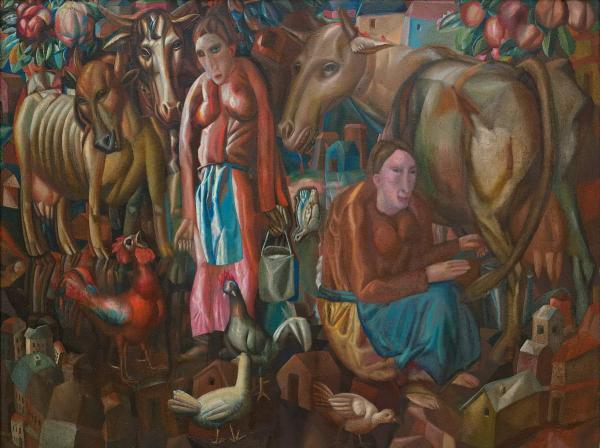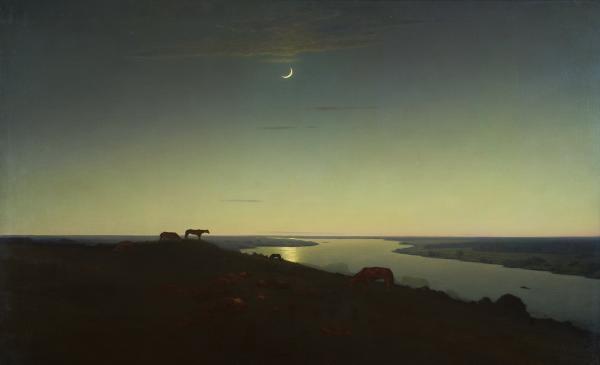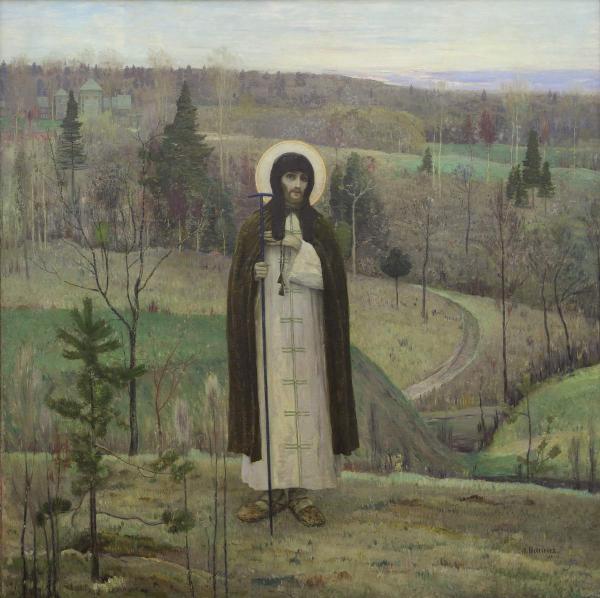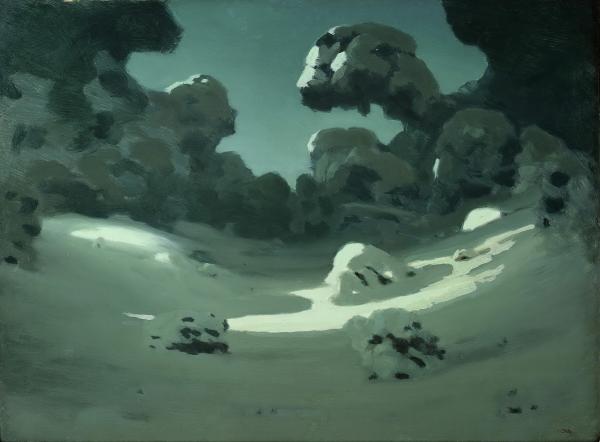The artist is Filonov

Already during the years of study at the Academy of Arts in St. Petersburg, where Filonov did not stay long, he is looking for non -purpose paths in art. And soon becomes the founder of the so -called analytical method.
Filonov resolutely acted as opposed to all contemporary art – both realistic and avant -garde in his most extreme manifestations. He believed that all artists (Repin, Picasso and others) are simplified to nature, fixing only two qualities – color and shape. He himself, in every full -scale motive, sought to know the “whole world of visible and invisible phenomena”, the organic growth of forms, an inexhaustible life -giving force. And I tried to capture all this in art. Thus, giving an explanation to his works, he wrote: “Masters of analytical art in their works act in a content that has not yet been introduced into circulation in the field of world art, for example: biological, physiological, chemical, etc. D. The phenomena and processes of the organic and inorganic world, their occurrence, implementation, transformation, connection, interdependence, reaction and radiation, decay, dynamics and biodynamics, atomistic and intra -atatomic communication, sound, growth, etc. D…"".
Masters of analytical art in their works performed, as Filonov noted, from the standpoint of researchers. They also became, according to the artist, inventors of special plastic forms for the transfer of complex motives. Filonov often developed impermanent compositions. He called them “formulas” and sought to invest in them capacious and unusually emotional information. These are his paintings – “Formula of Spring”, “Formula of the Universe”, “Formula of Cosmos”, as well as “Formula of the Revolution”, “Formula for the prosperity. The last stage of communism "and many others. These works are built on tense rhythms, crystallization of individual forms, special laying of paints, melting one into another. Such techniques create a feeling of uncontrollability of movement, rapidity of growth, the birth of new structures. A special field of activity of Filonov is a thematic picture, also subordinate to the principles of analytical art.
One of the leading topics in his work is a modern city, crippling a person spiritually and physically. Another, no less capacious theme – peasant life. It sounds in the art of Filonov as an antithesis of the city theme. In a series of paintings, the artist embodies his thoughts about the healthy, natural foundations of the being of all things on earth, about the enduring spiritual values that have developed in the history of mankind for many centuries. "Cowsters" is one of the characteristic works of the artist. For Filonov, as he himself noted, not only “species”, but also the “internal” significance of the picture was always important. And in his work, the scene from the daily life of the peasants – the milking of cows – is filled with unusual content. The artist pays much attention to the analysis of the psychological mood of the people presented by him, as well as animals and birds. Moreover, it reveals the general coefficient that unites them all. There is something related, deeply meaningful in the views of the depicted. The special condition is also perfectly conveyed when people and pets listen to the slightest rustle and sounds. The silence reigning around the silence violates the screaming of a rooster familiar to everyone.
Filonov repeatedly wrote that, turning to a living model, he was always passionate about the transfer of her physiological state at one time or another. So, for example, depicting the head of a person and trying to reveal the process of his thinking, he transmitted the tension of blood vessels, nerve fibers, tissue metabolic processes and much more. There is approximately the same approach to the model, to its internal “mechanism” is in the picture of the “cow”. This is especially pronounced in the interpretation of the animal on the left. His body, in anticipation of the milking, internally tensed, likened to a kind of hard design. The features of "mechanistic" are endowed with other models.
The scene depicted by the artist from rural life compositionally dominates the picture. The story of this life is complemented by abundant fruits, pigeons, a dog, as well as numerous solid houses. They are given on a significantly reduced scale, as is usually found in ancient Russian icons and folk basts. The picture of the "cow" is full of deep meaning. It essentially also becomes a kind of “formula”, but not abstractly solved, but figuratively.


